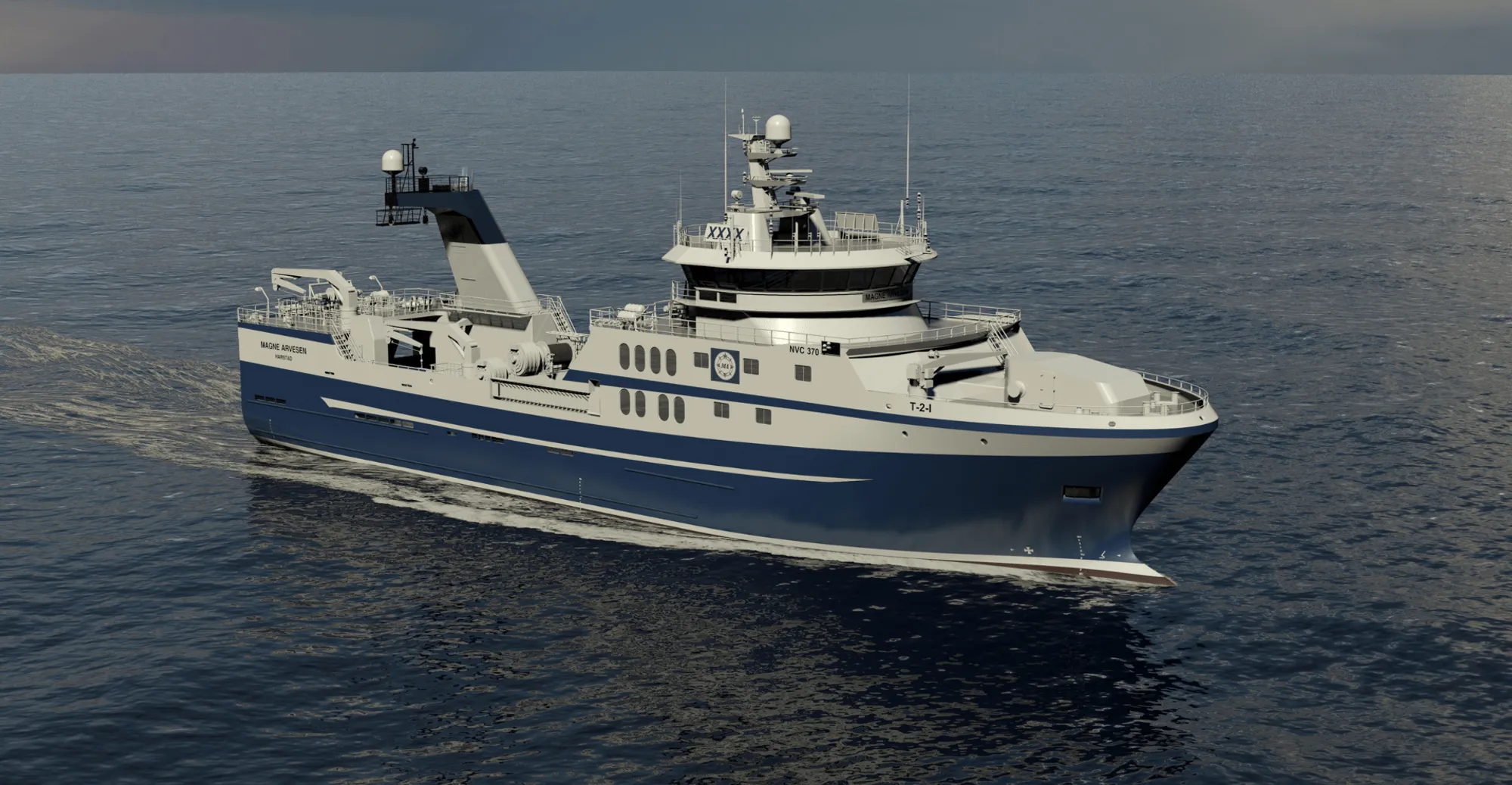
Ammonia as a Natural Refrigerant in Maritime Cooling: When and Why to Use It
– by Peter Bos | Innovation Manager
Following our technical deep dive on R717 Ammonia as a natural refrigerant, we now take a more practical look at ammonia’s role in today’s real-world maritime cooling applications. Based on insights gathered at a recent industry seminar dedicated to NH₃, this article explores where ammonia truly shines, where caution is needed, and why now is the time to act.
Why Ammonia is Back on the Maritime Agenda
Ammonia (NH₃, also known as R717) is one of the oldest refrigerants in the book—but it’s more relevant than ever in 2025. As synthetic refrigerants face mounting regulatory pressure, vessel owners and designers are being pushed toward natural alternatives. Ammonia stands out with a Global Warming Potential (GWP) of zero, outstanding energy efficiency, and natural availability.
Its sustainability credentials are unmatched:
- GWP: 0
- Ozone Depletion Potential: 0
- High thermodynamic efficiency: reducing generator load and CO₂ emissions
In short, ammonia is a refrigerant that doesn’t just tick boxes: it delivers results.
Where Ammonia Excels: High-Capacity Maritime Systems
Ammonia is not suitable for every ship, but in the right application, it’s simply the best choice.
Ideal scenarios for ammonia use:
- Commercial vessels with high refrigeration demand
- Offshore platforms with industrial-grade cooling needs
- Fishery vessels and refrigerated cargo handling
Thanks to its high latent heat capacity and excellent energy efficiency, less refrigerant is required, and systems can run at lower power—an important benefit in fuel-sensitive operations.
Note: provision cooling applications are excluded here, as neither ammonia nor propane is suitable for running through accommodation spaces on board vessels.

Risk Awareness: Toxicity and Safety
Despite its performance benefits, ammonia is classified as a B2L refrigerant—indicating low flammability but higher toxicity. This means it must be handled with strict safety measures in place:
- Professional installation with materials suitable for NH�₃ (no copper)
- Dedicated leak detection and emergency protocols
- Crew training to recognize and respond to exposure risks
- Electrical separation in compressor housing for added safety
As we’ve previously outlined in our technical article, ammonia’s smell offers early detection, but prolonged exposure can lead to severe health risks.
When Ammonia Isn’t the Best Fit: Consider R290 (Propane)
For systems below 300–350 kW, R290 (propane) often provides a more practical alternative. While also a natural refrigerant with a GWP of 3, propane is easier to manage in smaller systems, has lower toxicity, and is widely supported by existing hardware.
We recommend R290 for:
- HVAC systems in mid-sized vessels
- Refits where existing safety systems cannot accommodate NH₃
Want a deeper look at refrigerant comparisons? Download our whitepaper on natural refrigerants for a complete overview.
The Regulatory Shift
The pressure to adopt natural refrigerants is only increasing. Europe’s tightening F-gas regulations, combined with PFAS restrictions, are steadily phasing out synthetic refrigerants. This will impact availability, pricing, and compliance in the coming years—even in maritime sectors not yet formally regulated.
By investing in natural refrigerant systems like ammonia now, you’re not only ensuring future compliance—you’re gaining an edge in fuel efficiency, emissions reduction, and system durability.
Heinen & Hopman is already supporting clients who want to retrofit existing systems to natural refrigerant. Or even want to integrate NH₃ into their newbuild vessel.
Conclusion: Ammonia is Powerful, But It’s Not Plug-and-Play
To be clear: ammonia is not for every vessel. Its toxicity demands caution and expertise. But for large-scale marine cooling systems, R717 offers unparalleled efficiency and environmental performance. It’s a future-ready choice—when implemented correctly.
At Heinen & Hopman, we combine decades of maritime HVAC&R expertise with in-depth knowledge of sustainable refrigerants. Whether you’re planning a newbuild, a refit, or just evaluating your options, we’re ready to help you navigate the future of cooling.
Did this article spark more questions? Feel free to contact us!